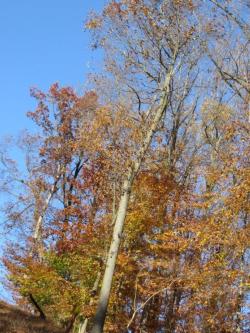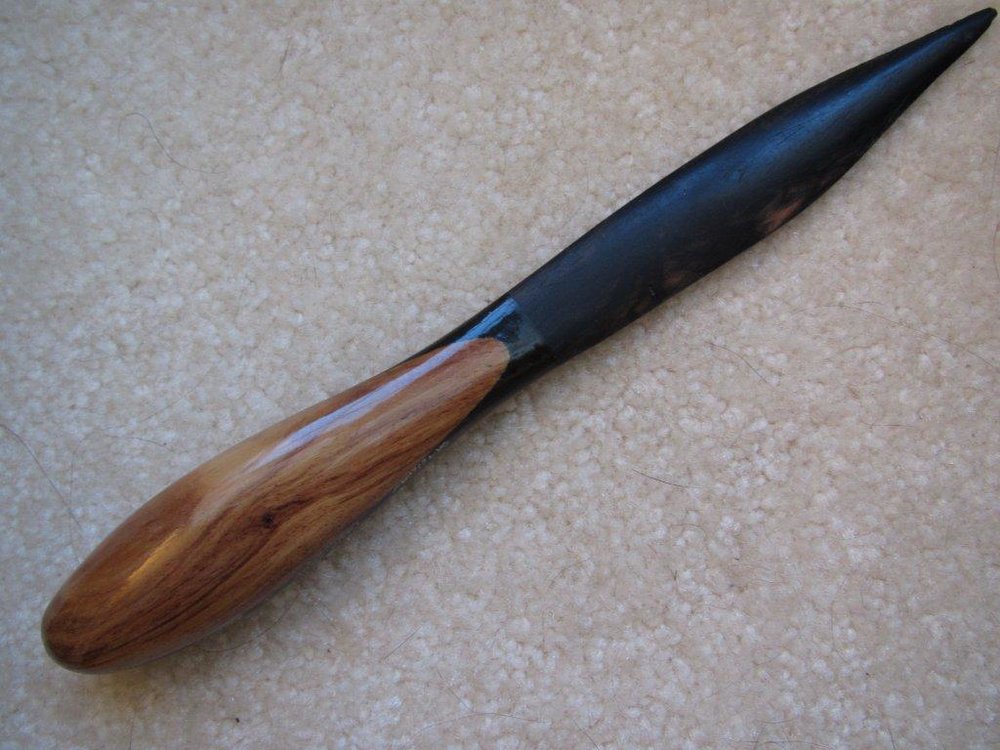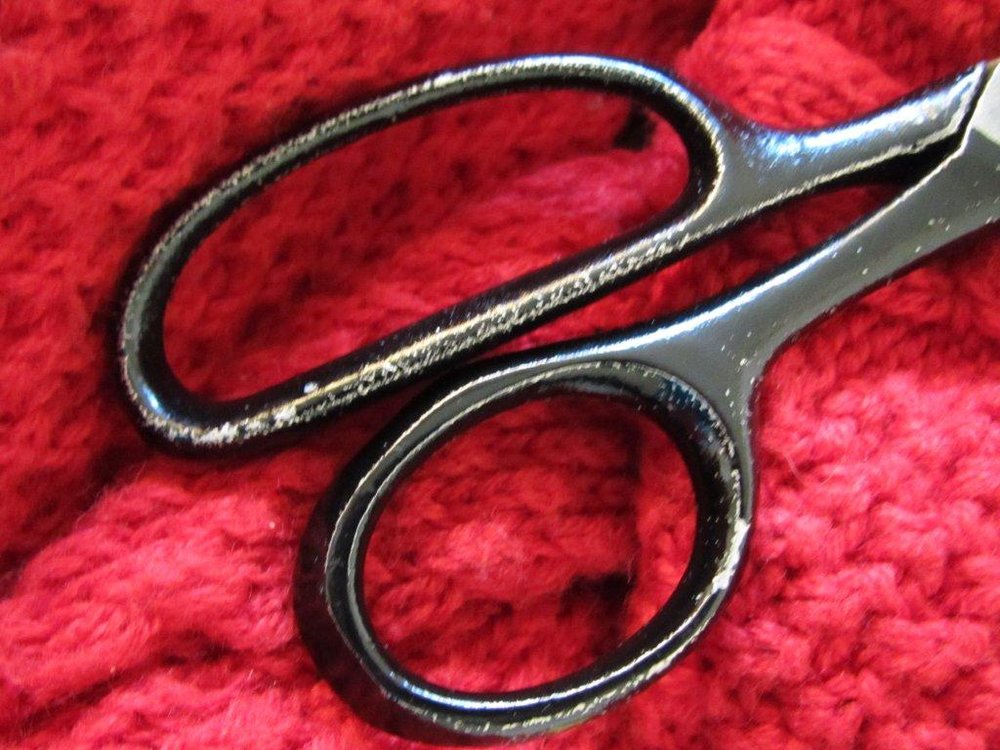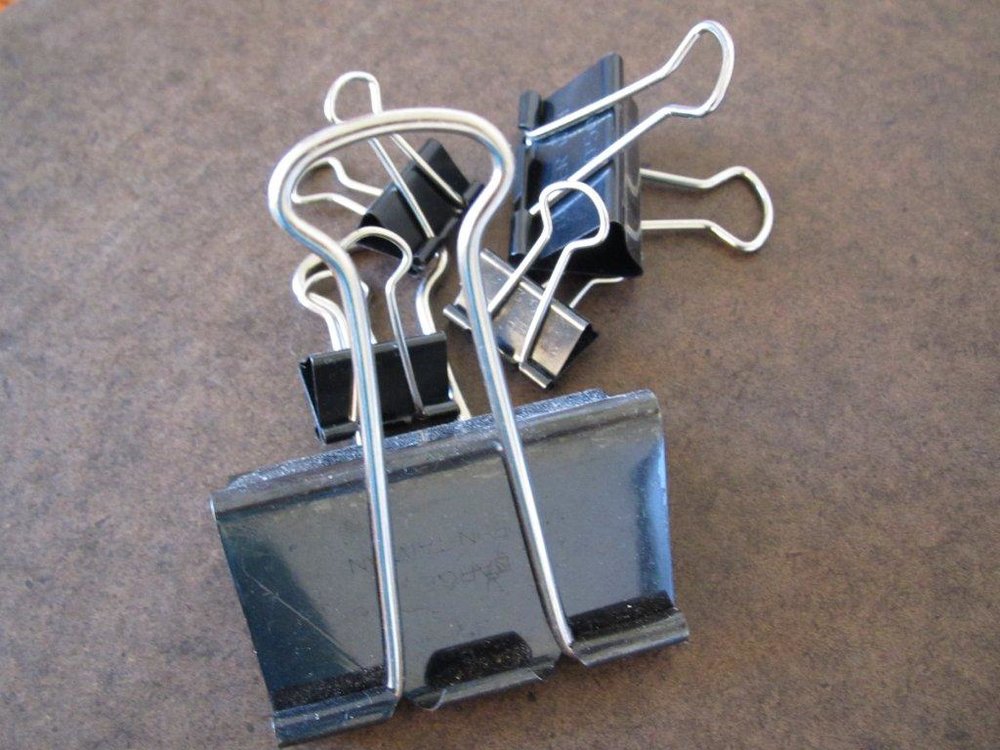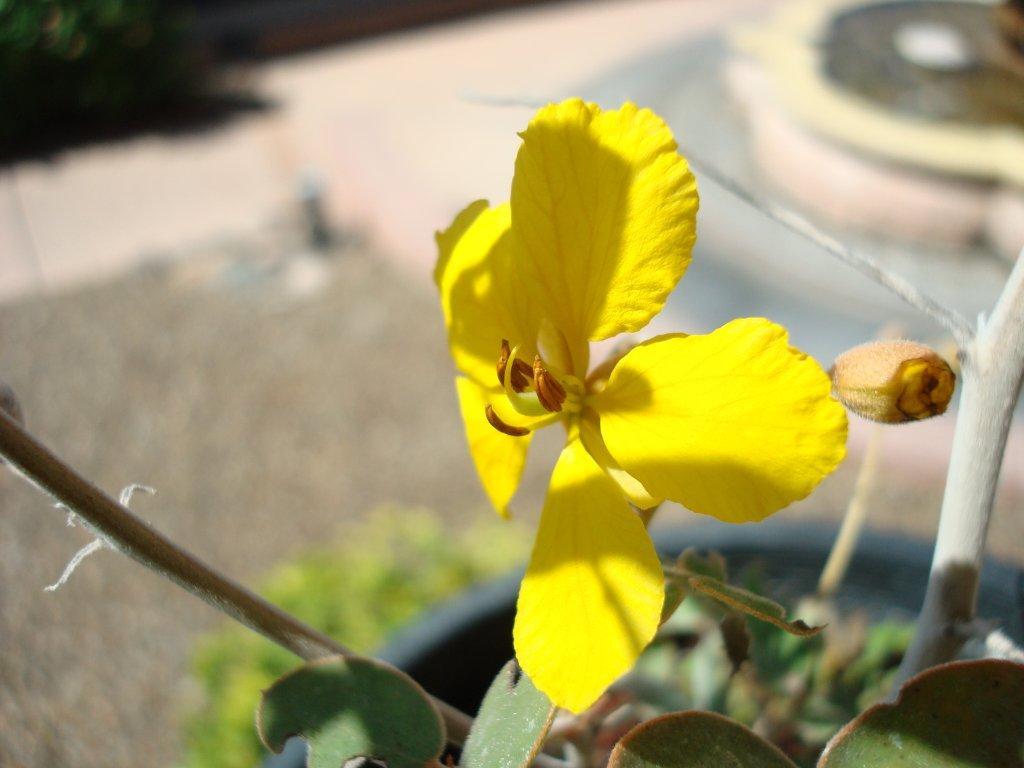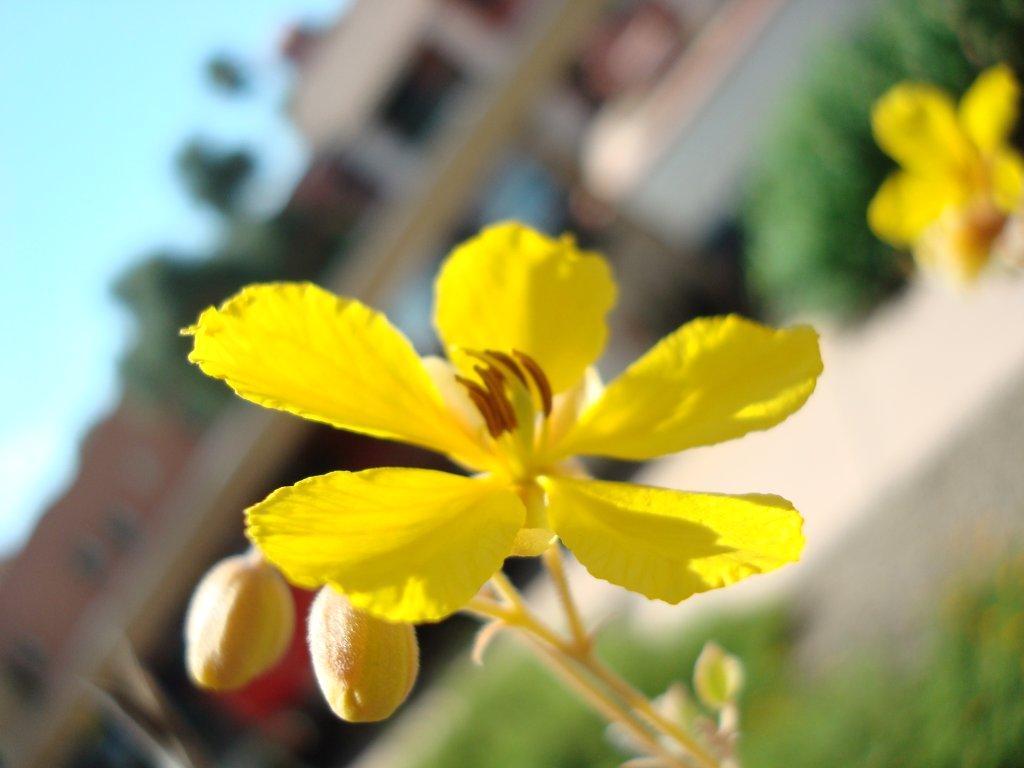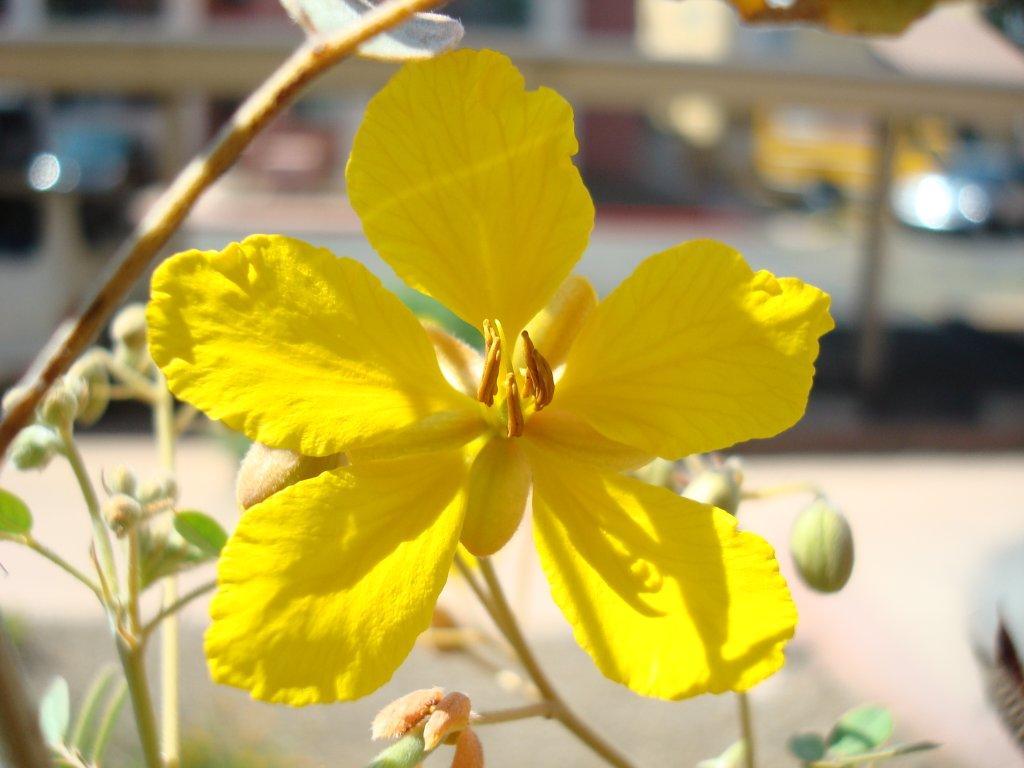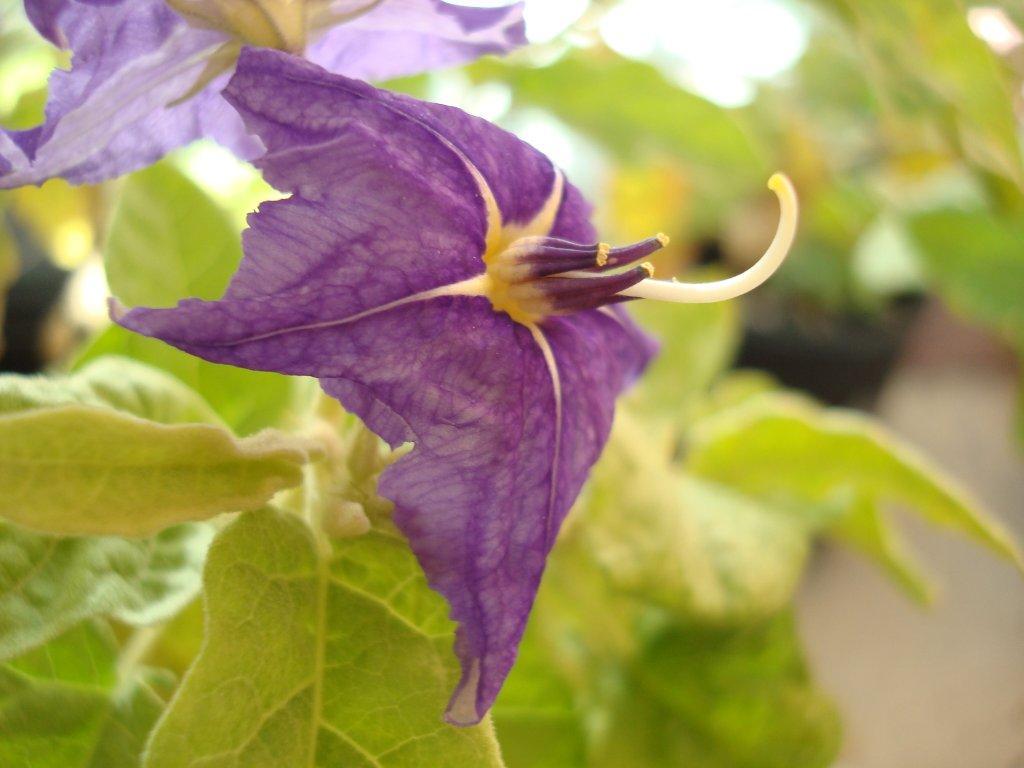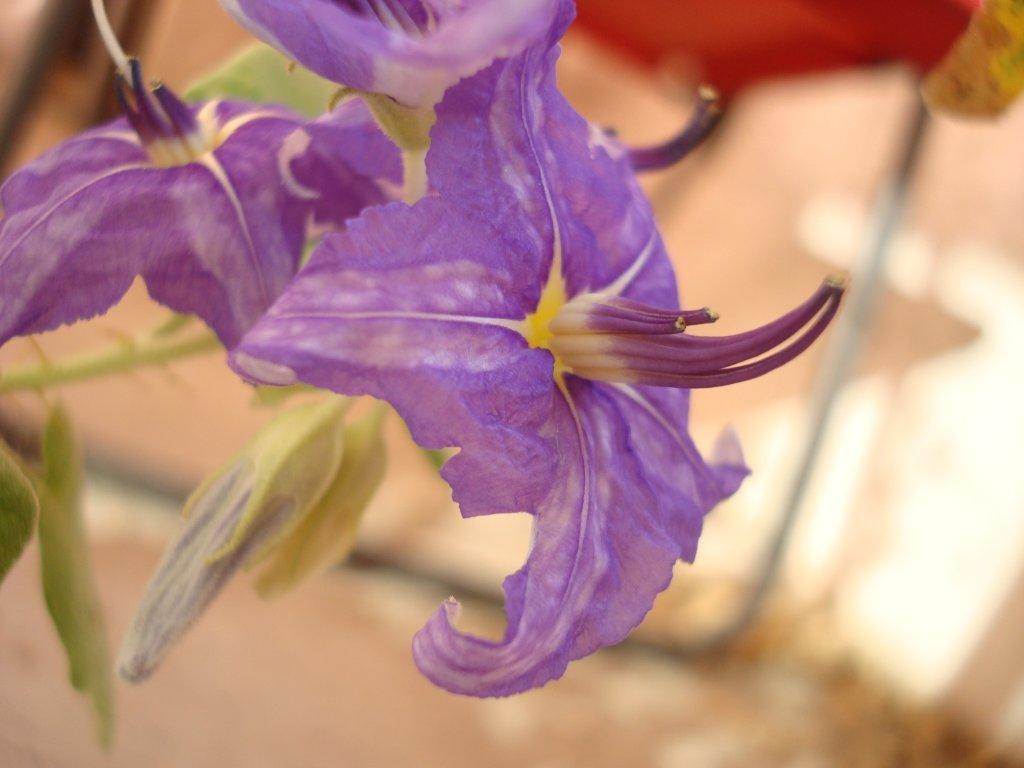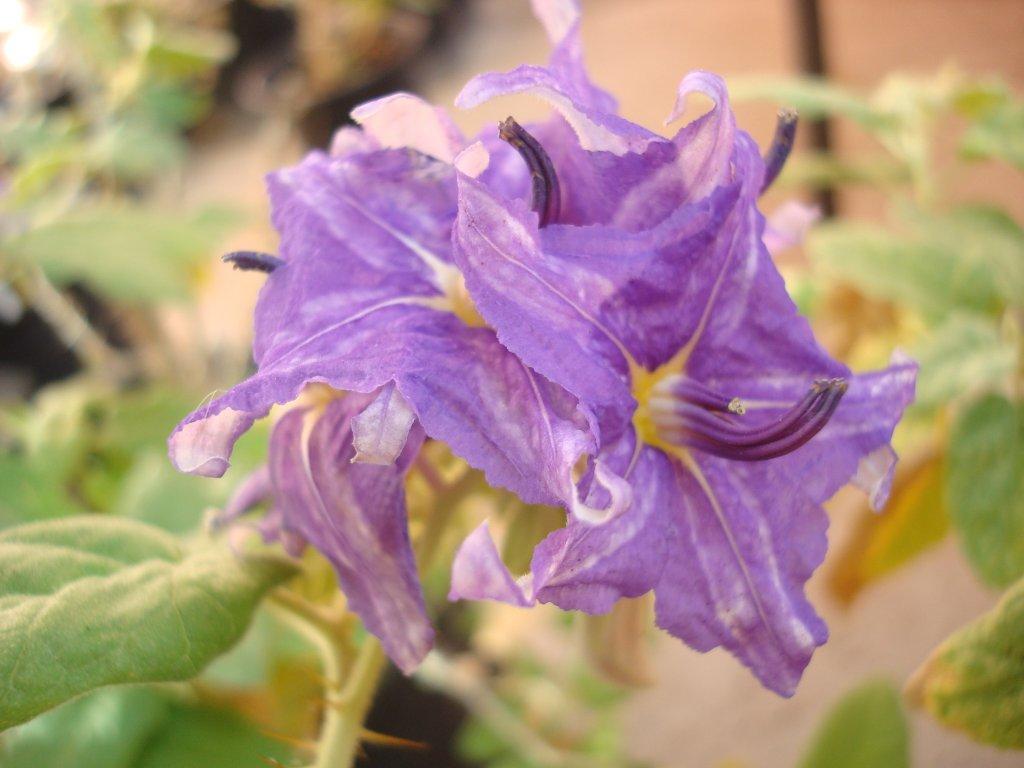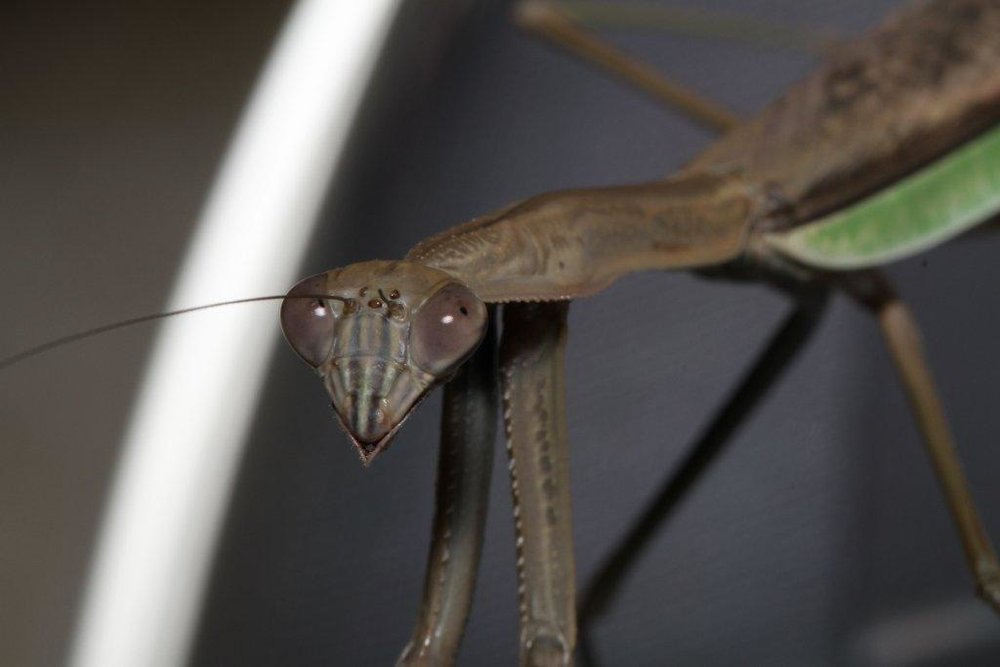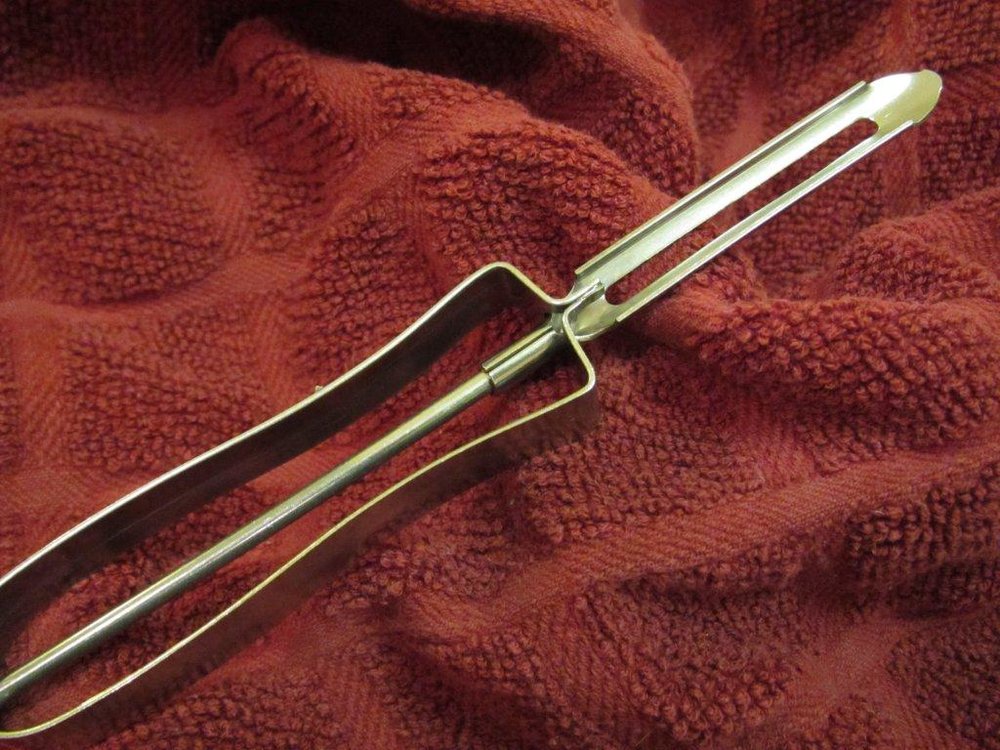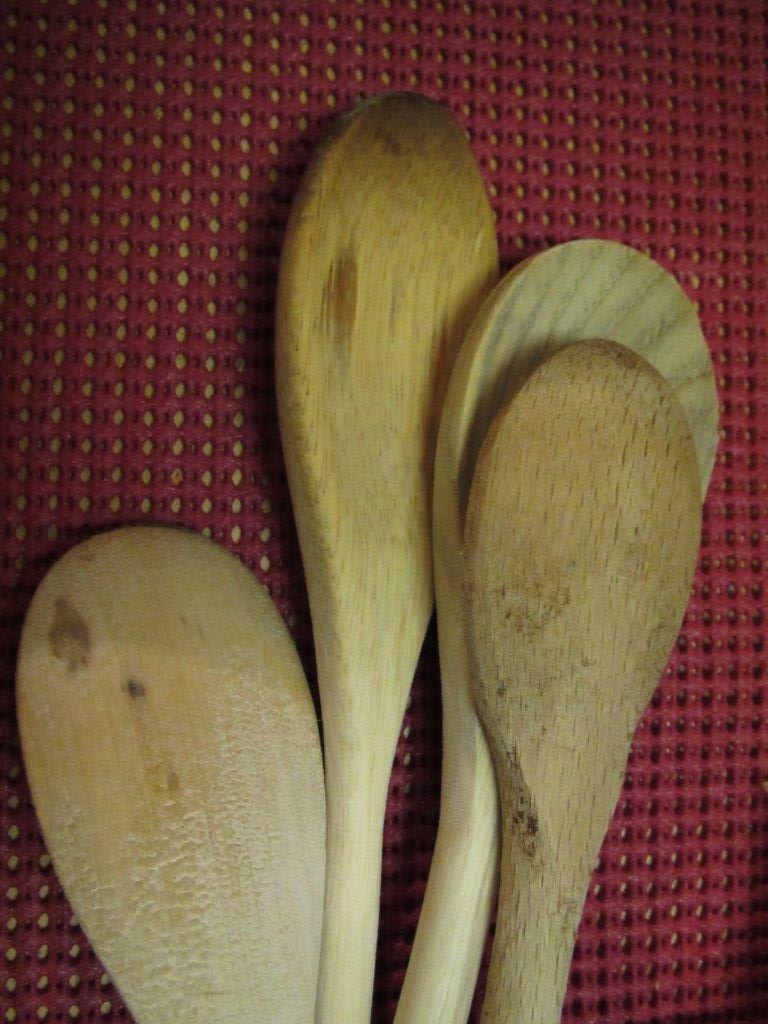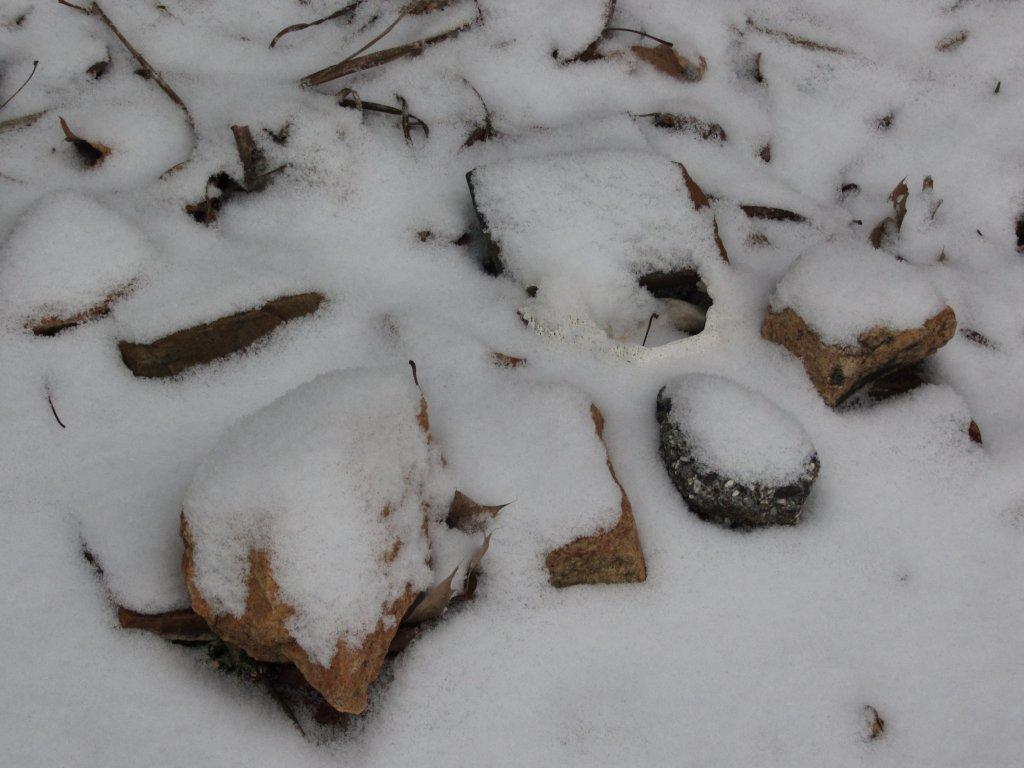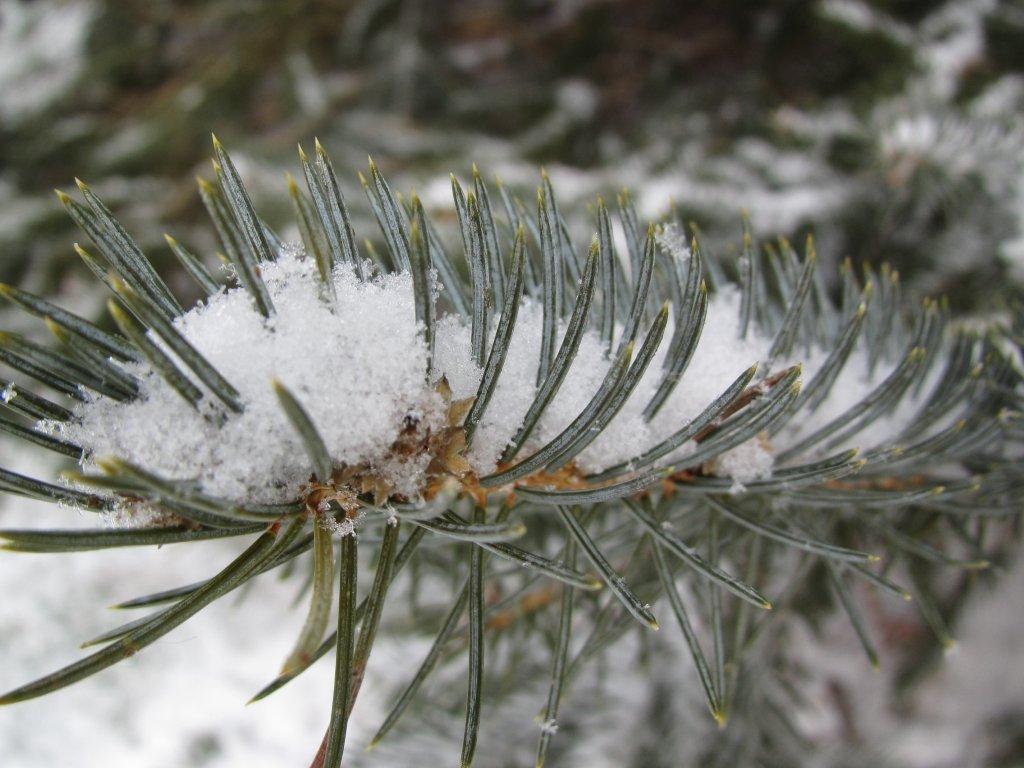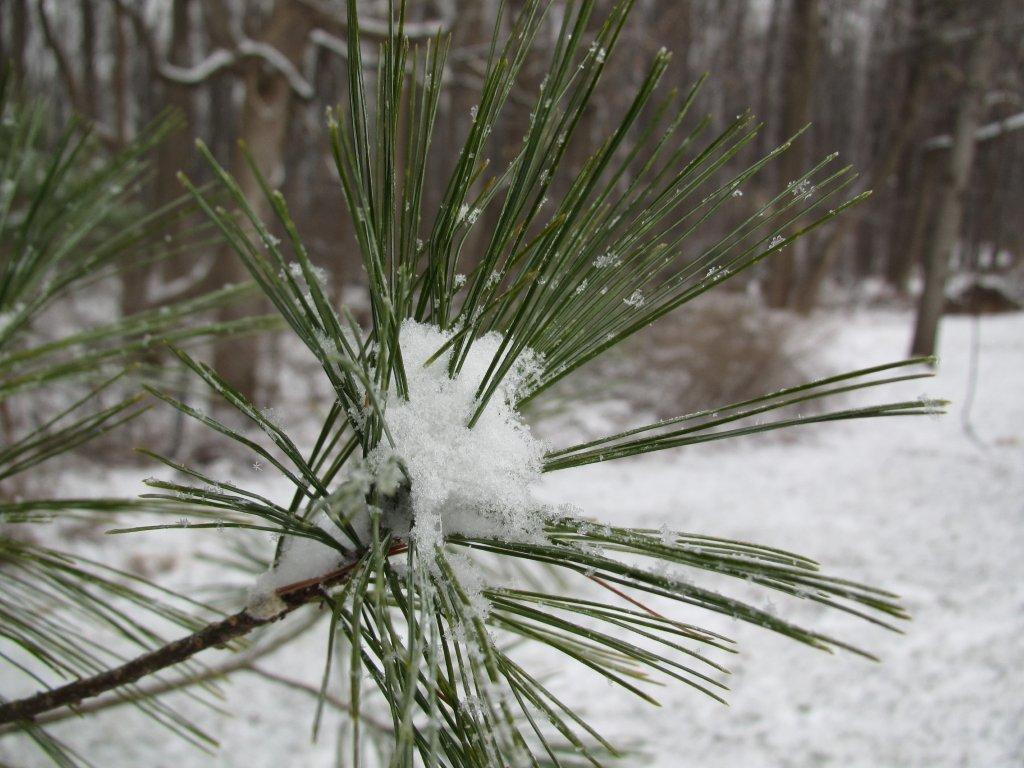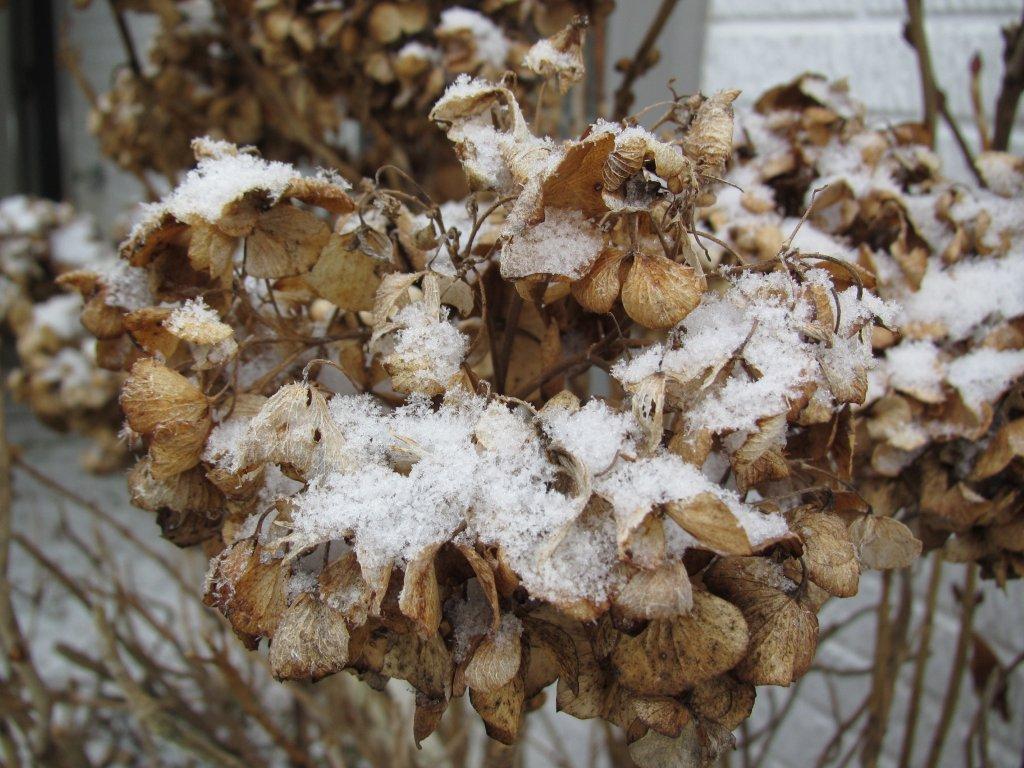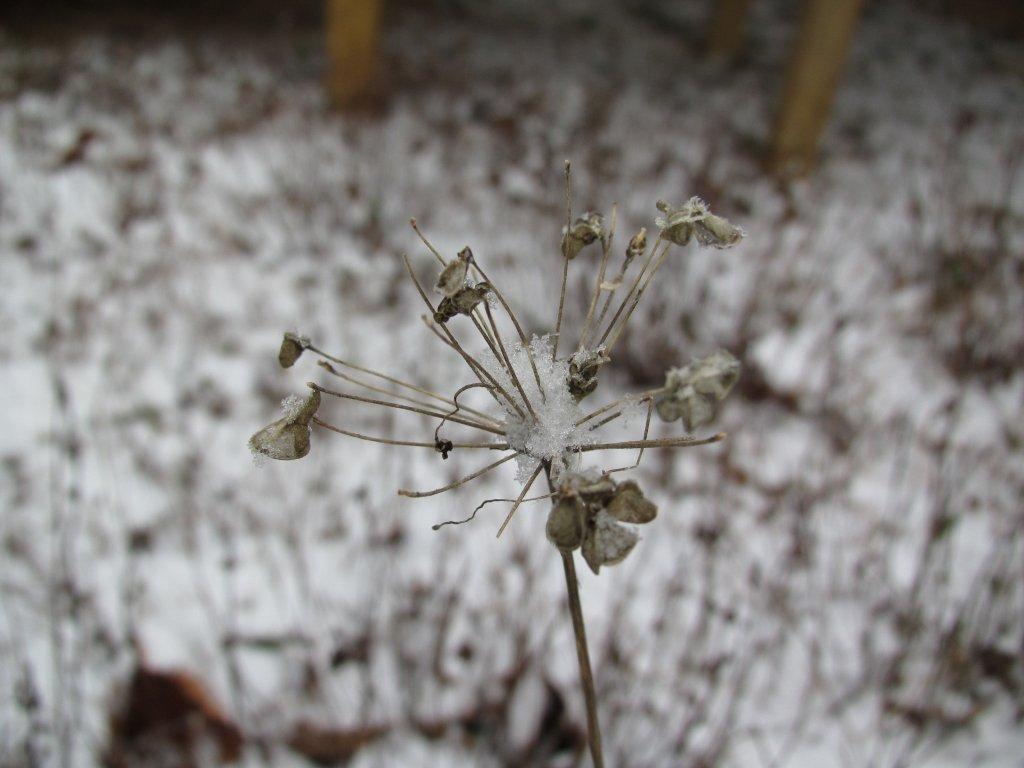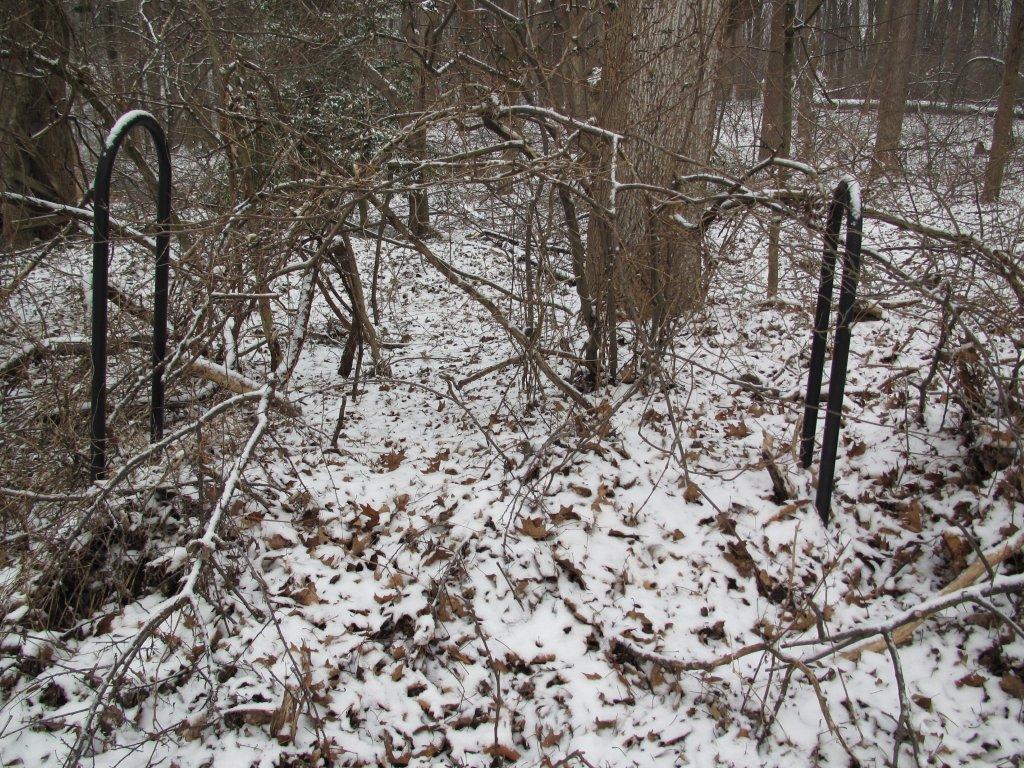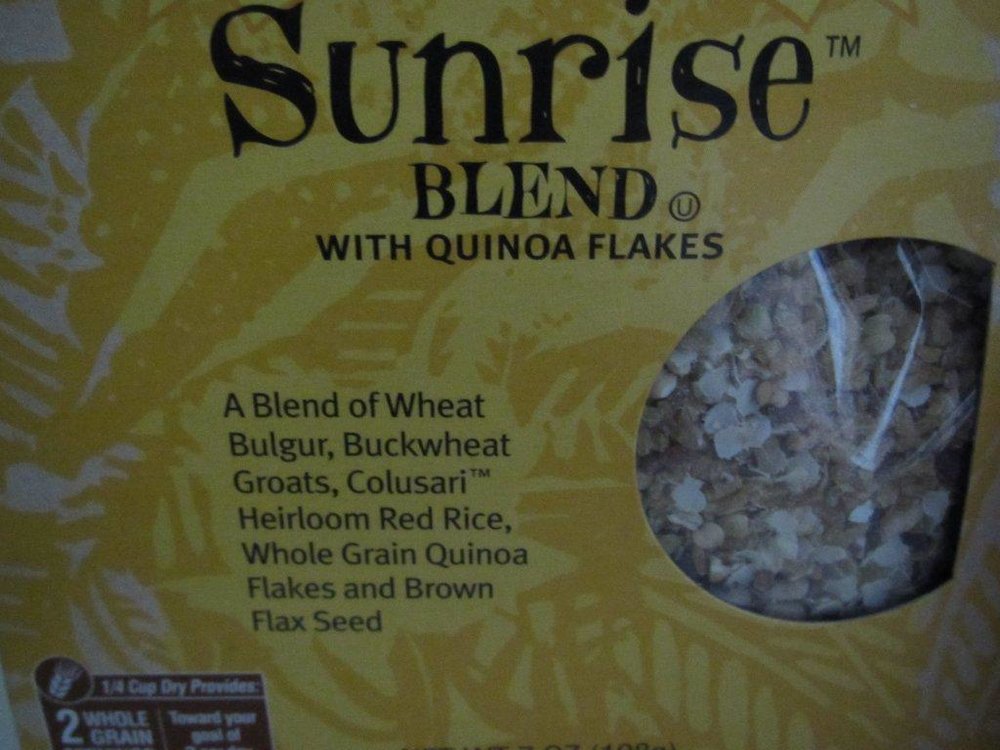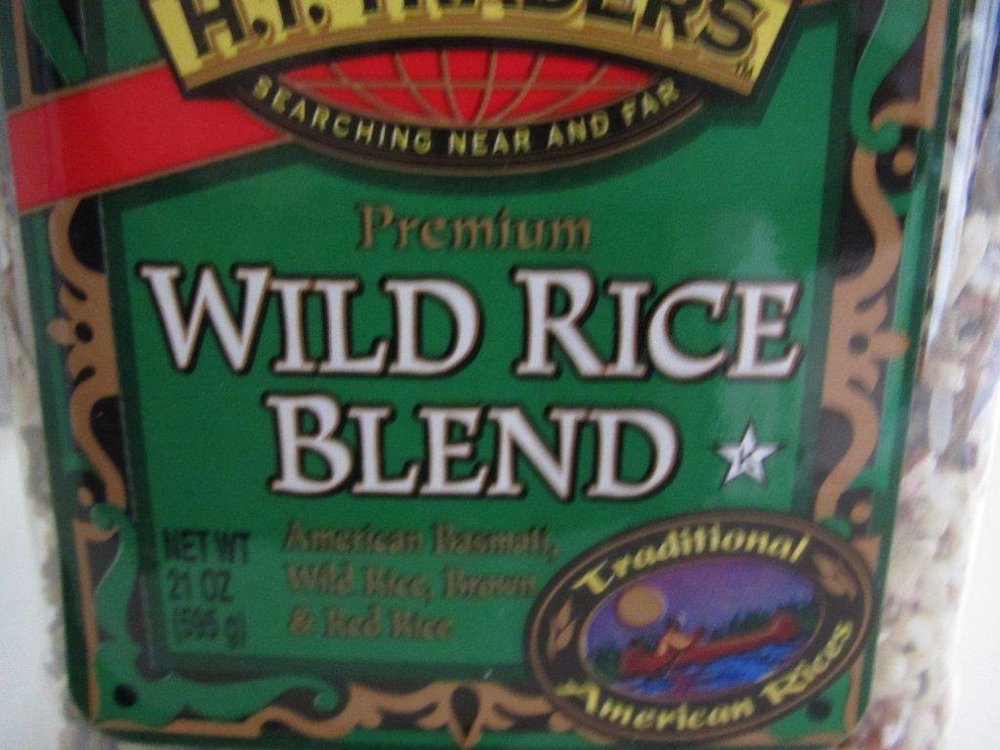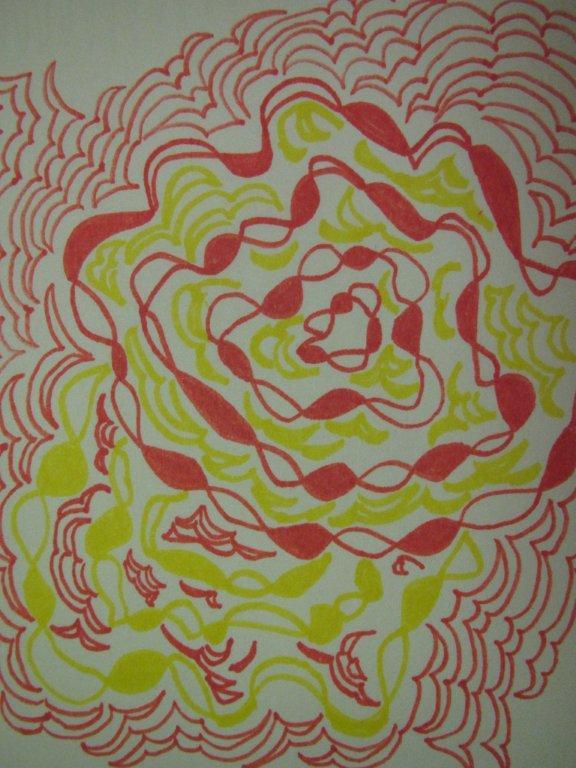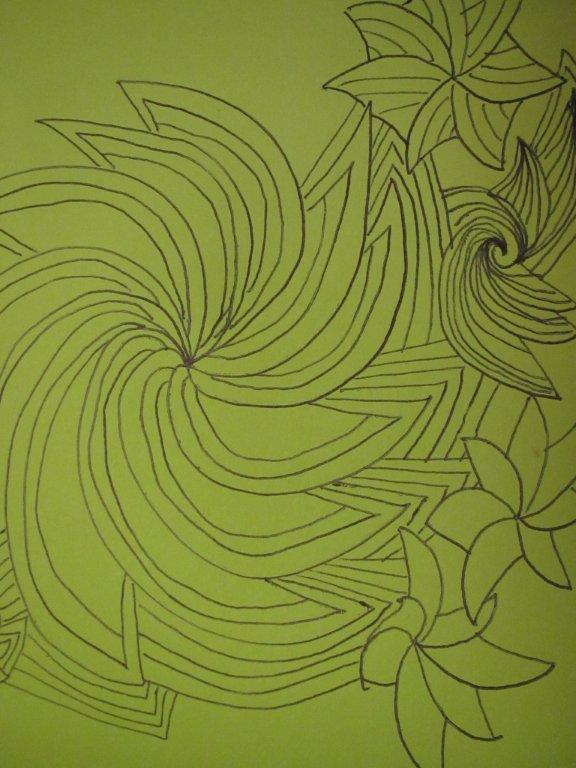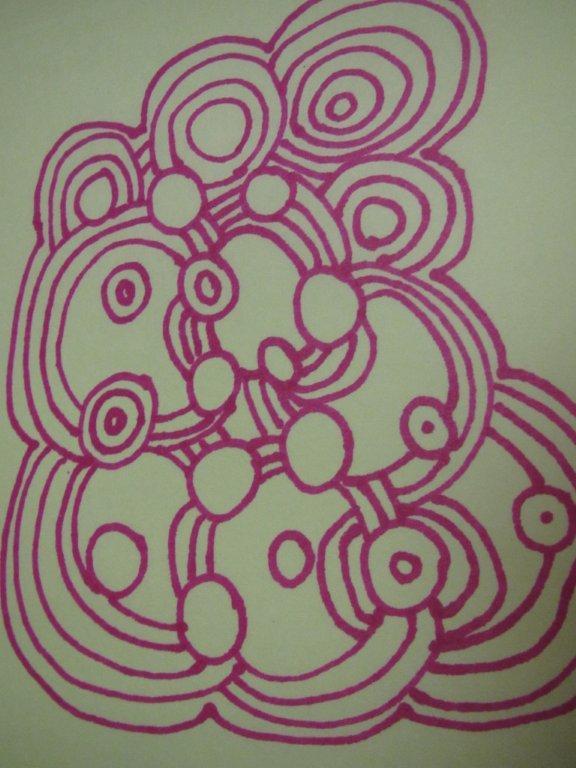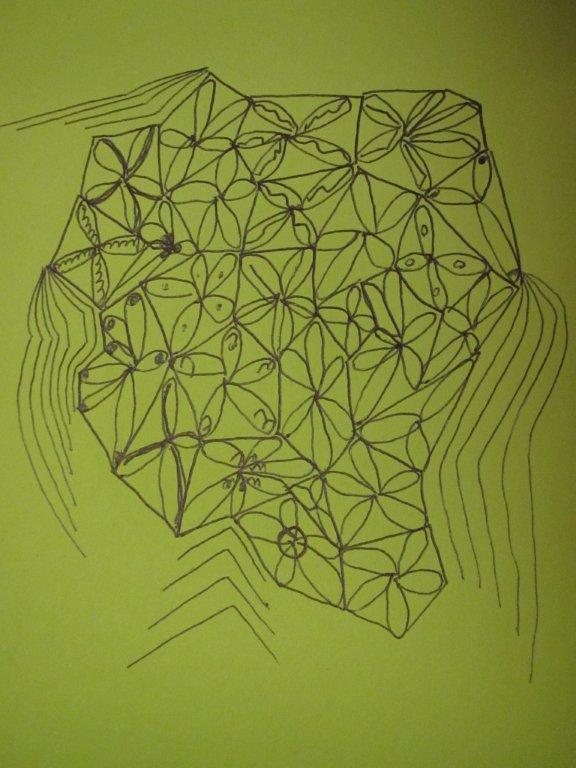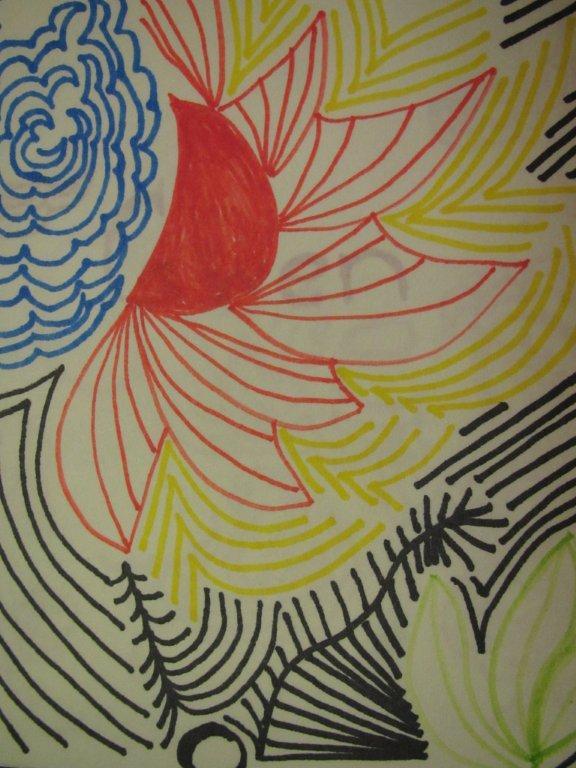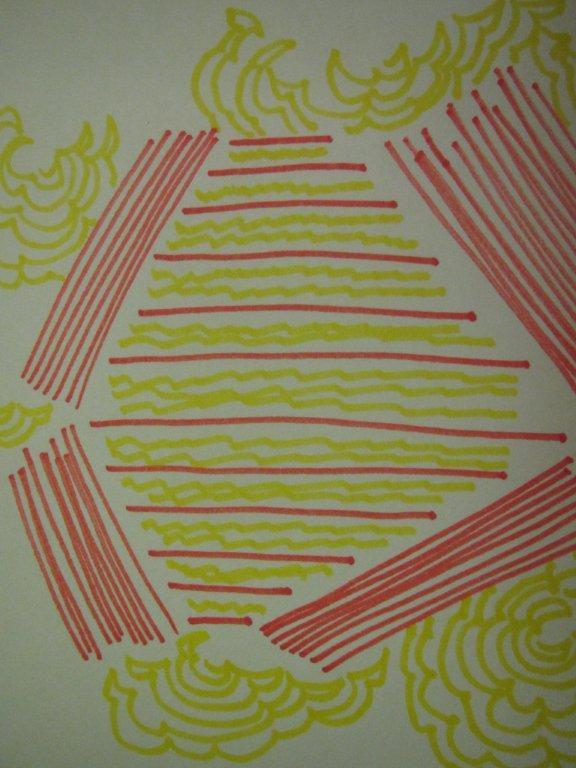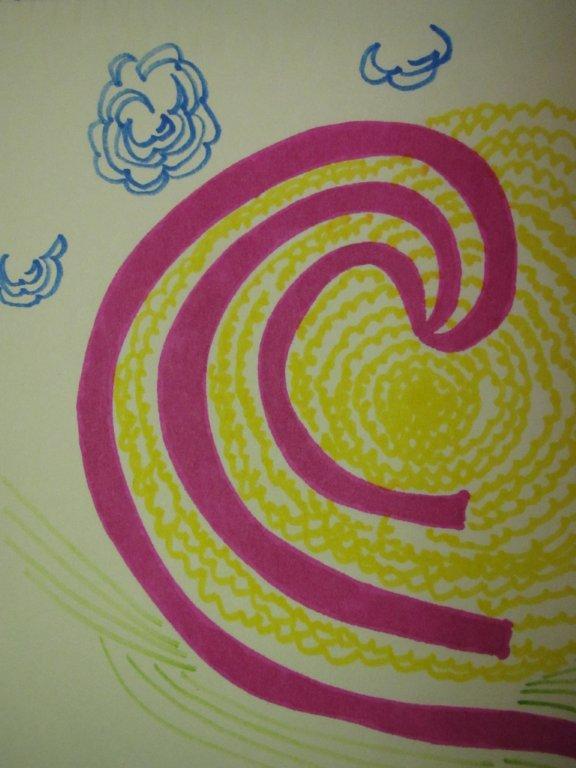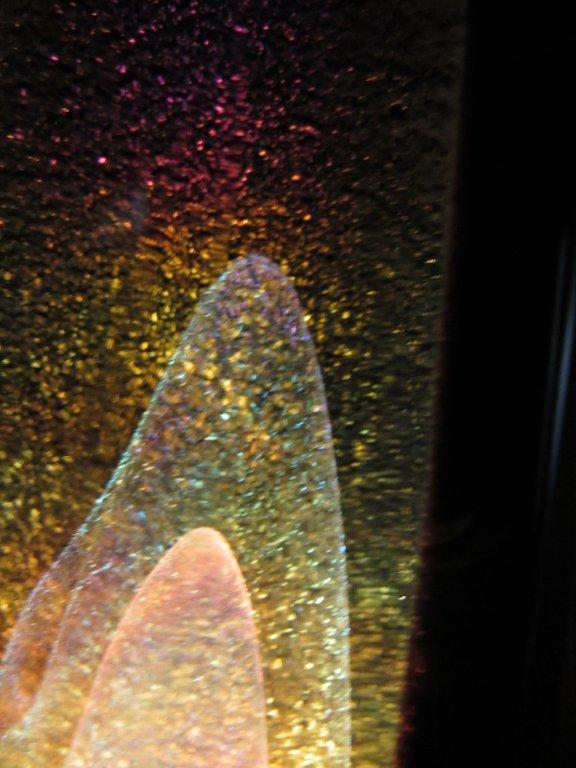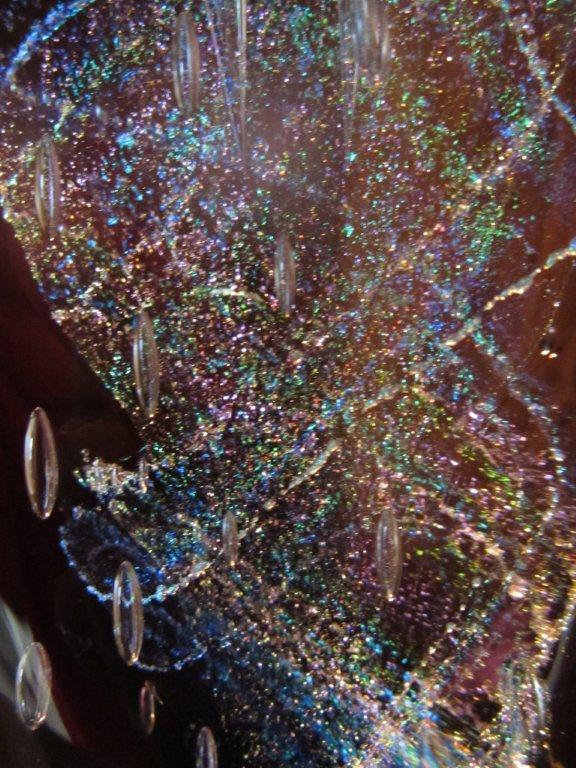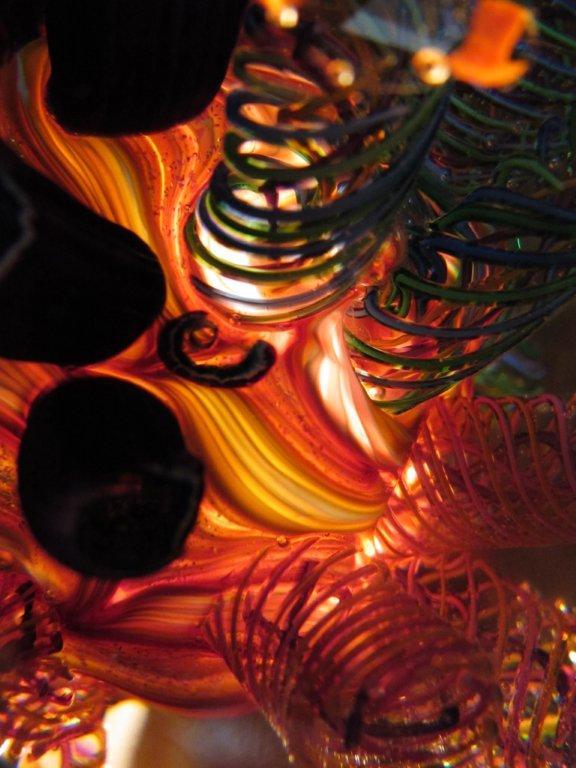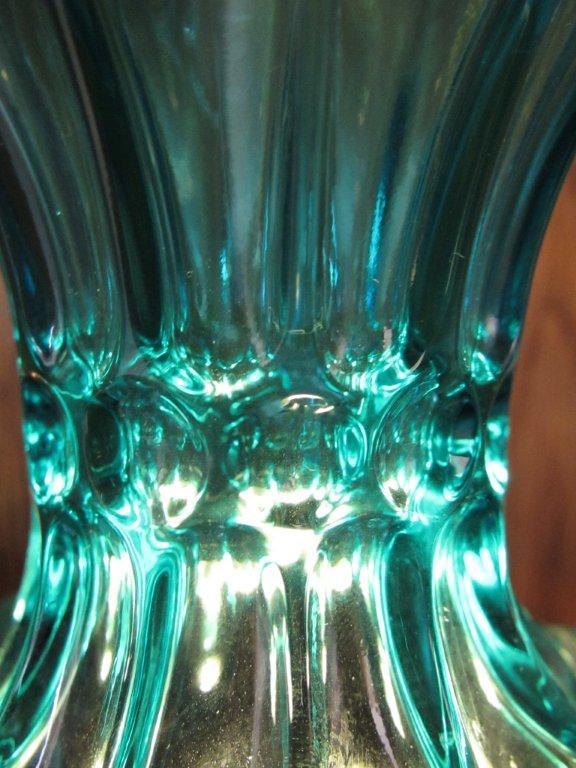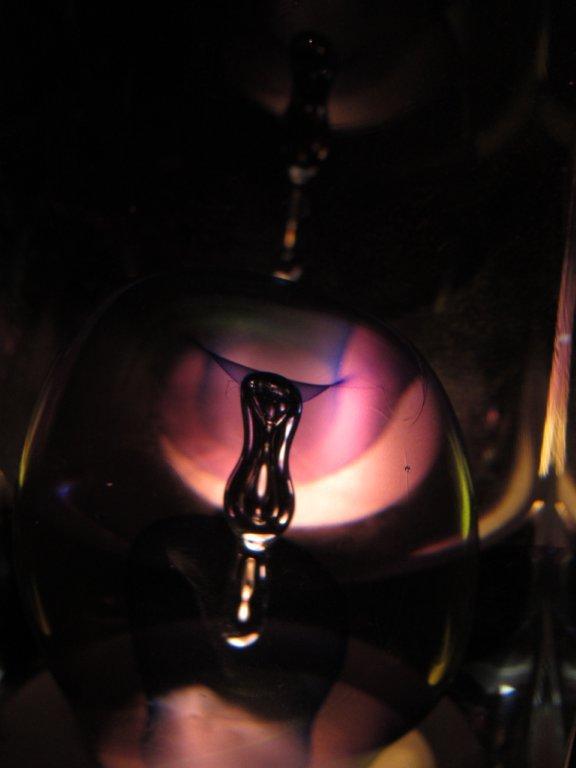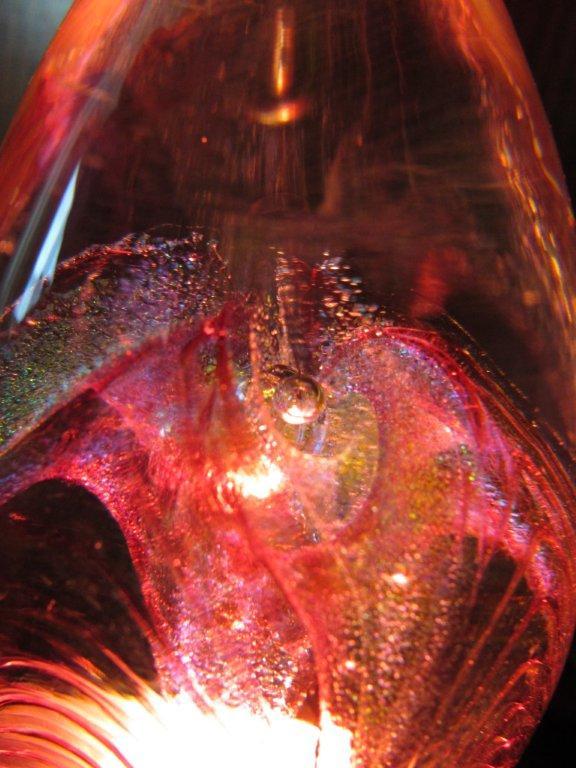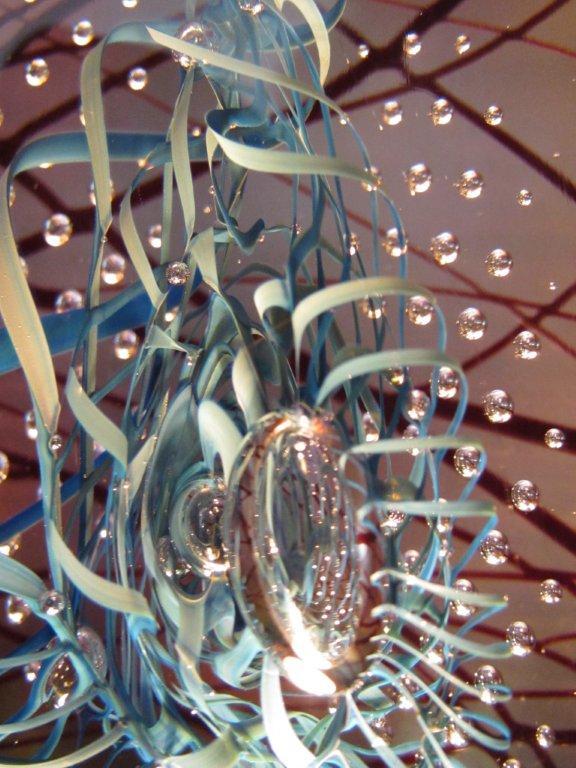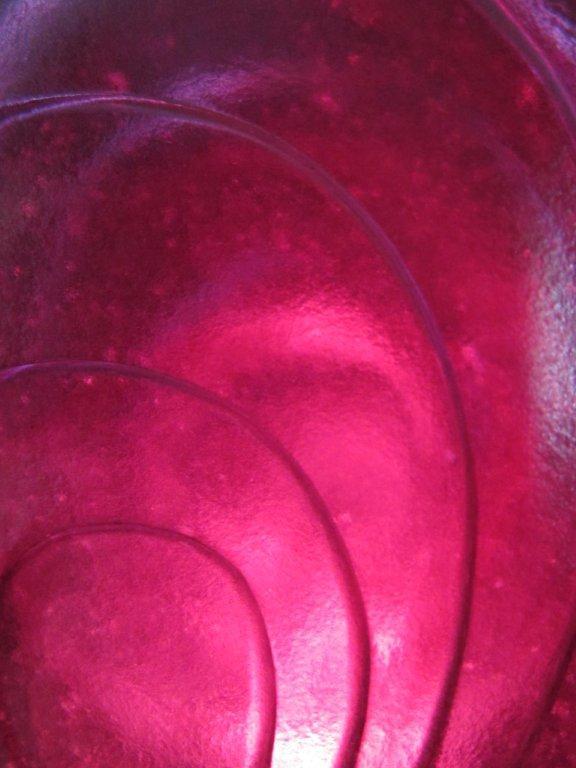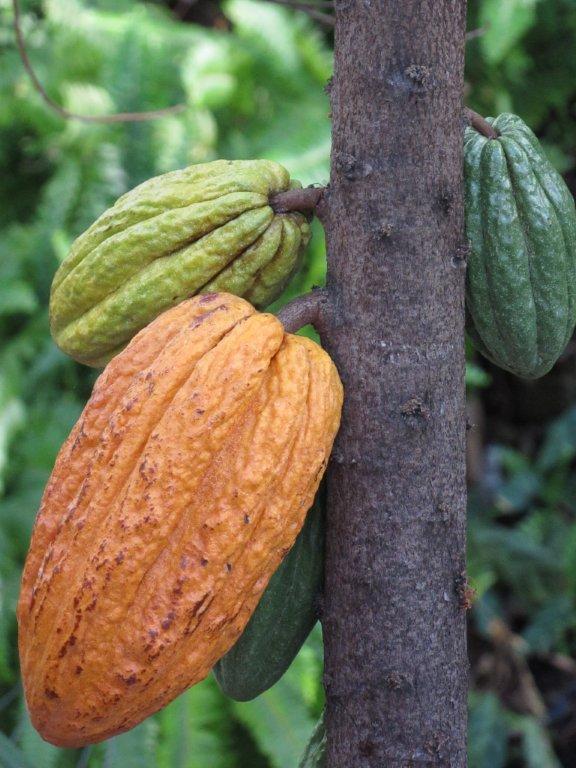What if…the color in our homes was structural?
/ I am intrigued by the structural color of birds-of-paradise and peacock feathers. The colors are made by patterns of material instead of pigment. Link the basic research into structural colors to self-assembling nano-particles (here is an article of some recent work in that area)…and the future could hold ‘programmable’ color for our homes. Wouldn’t it be wonderful to change the color of a room - or maybe just one wall - during different times of the day? What if the surface also collected or radiated heat (depending on whether the area needed to be heated or cooled)?
I am intrigued by the structural color of birds-of-paradise and peacock feathers. The colors are made by patterns of material instead of pigment. Link the basic research into structural colors to self-assembling nano-particles (here is an article of some recent work in that area)…and the future could hold ‘programmable’ color for our homes. Wouldn’t it be wonderful to change the color of a room - or maybe just one wall - during different times of the day? What if the surface also collected or radiated heat (depending on whether the area needed to be heated or cooled)?
Or what about technology that puts more display glass on our walls with color and/or images appearing just as they do today on computer displays. The technology is probably already developed to do that - although the price is still too high. What about the power it would take to have all the walls of a house being glass displays? Corning Glass has several videos with this vision of the future.
Either scenario points to a world where our the color and surface of the walls of homes will become much more dynamic than they are today!





